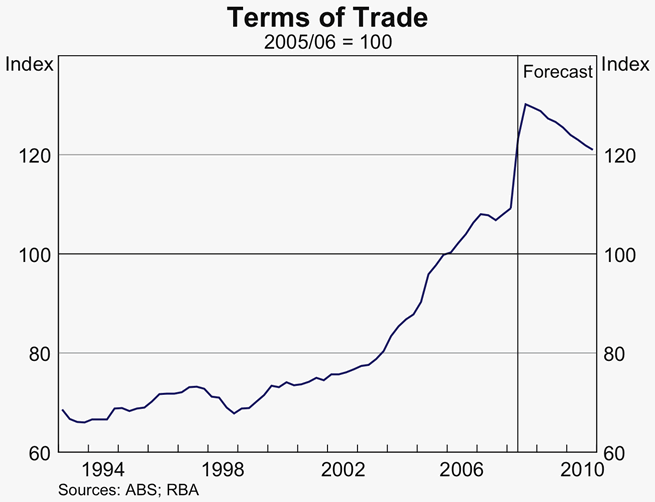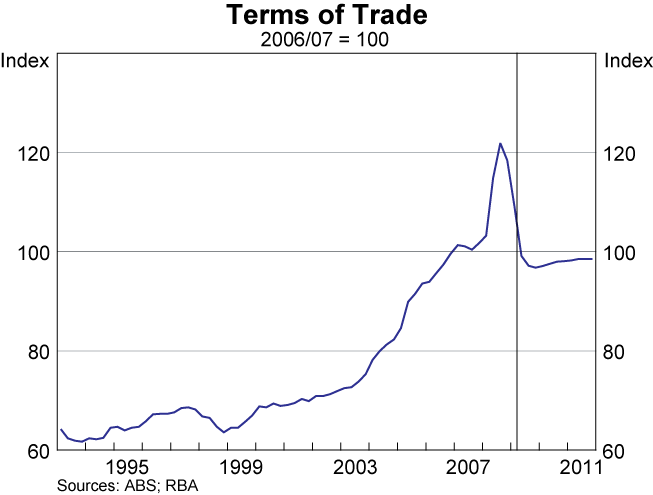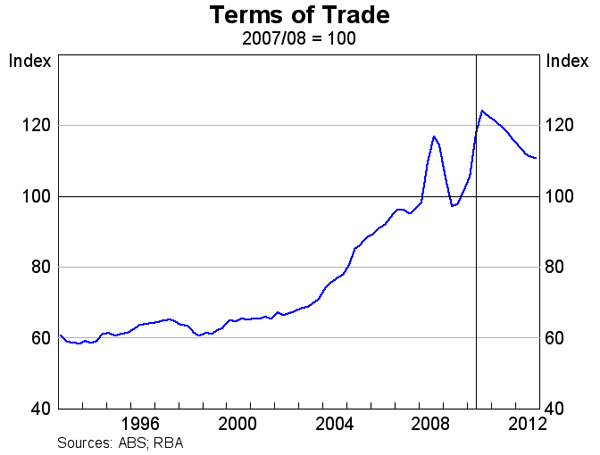The government spent the weekend in damage control about the forthcoming black hole in the Budget. Apparently:
Australia’s mining boom is not even halfway over, federal Trade Minister Craig Emerson has declared, days after his cabinet colleague Martin Ferguson said the boom in commodity prices had reached its peak.
“We’ve got a lot of projects still to be formally commenced, the investment is pouring into them and a hell of a lot of projects [are] in the investment pipeline,” Dr Emerson said on Sunday. “We haven’t even seen the half of the mining investment boom and we certainly haven’t seen the production boom that comes out of that mining investment.”
Resources Minister Martin Ferguson said on Thursday that the “resources boom is over”, sparking a flood of commentary about whether the Gillard government was revising its economic strategy.
“What Martin was talking about is the fact that we have had the highest minerals prices in 140 years, but, as predicted in the budget, we’ve gone over the top of that [peak],” Dr Emerson told the ABC’sInsiders program. “They’re still high, but that boom in prices is over.
“We did expect commodity prices to fall.”
Sure you did. A terms of trade correction of 5.75% in 2012/13. It’s currently almost double that after two months.
Given this, I thought I’d have a look at the recent history of terms of trade forecasts. In May 2009 the Budget forecast a 13.5% fall. Instead it rose by more than 13.5% in the next year. In May 2010 the forecast was for a 14.25% rise. It rose closer to 20%. In May 2011, the Budget forecast a .25% fall. It fell about 5%. In May 2012 the Budget forecast a fall of 5.75% and 3.25% in the following year. Instead it’s down over 10% so far and if it bounces back 3% in 22 months I’ll eat my hat.
The RBA’s Statement on Monetary Policy shows a similar pattern. The following are the August SoMP charts for the ToT over the past few years.
2008:

2009:

2010:
2011:

2012:

As you can see, the pattern is very similar. Following the GFC, both the Treasury and the RBA expected the ToT boom to end (though remain historically strong). They got taken by surprise by the rebound and, some have argued, overdid the stimulus as a result (I don’t agree given the history of sub par growth through the period).
Then, as the ToT shot to new highs, both Treasury and the RBA (especially the former) went the other way, believing in the boom too much. I recall David Gruen saying something about not underestimating China a second time.
I know that expecting precision at this level of forecasting is silly, and for the most part the divergences from forecast have helped not hindered. But I’m just wondering, given this level of volatility, why folks calibrated spending to a gentle and slow decline in the ToT over decades.


